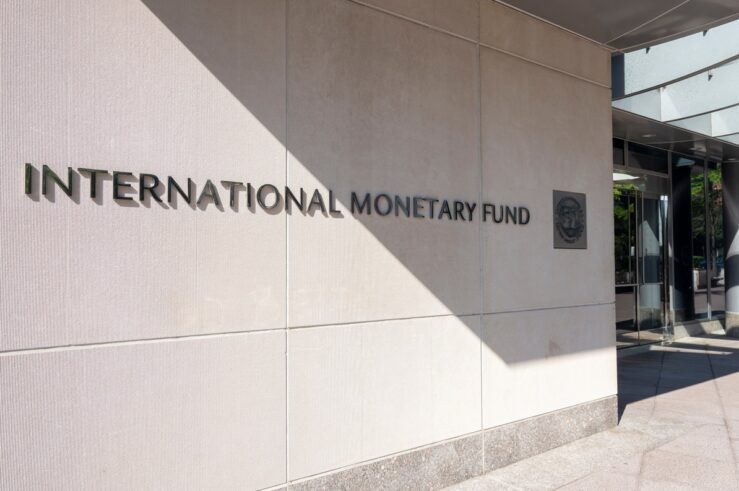My take on American Needle, forthcoming in the Cato Supreme Court Review and co-authored with Judd Stone. I’ll be discussing the paper at the Cato Institute Constitution Day on September 16th, and as luck would have it, on a panel with co-blogger Larry Ribstein (who will be offering his take on Jones v. Harris) is available for download from SSRN here.
Antitrust observers and football fans alike awaited the Supreme Court’s decision in American Needle for months – inspiring over a dozen articles, and even one from the quarterback of the defending champion New Orleans Saints. Yet the implications of the Court’s decision, effectively narrowing the scope of the “intra-enterprise immunity” doctrine to firms with a complete “unity of interests,” are unclear. While some depict the decision as a schism from the last several decades of antitrust law, we explain why this interpretation is meritless and discuss the practical impact of the Court’s holding. The Court’s antitrust jurisprudence over the past several decades, including that of the Roberts Court and American Needle, has broadly embraced rules that are both relatively easy to administer as well as conscious of the error costs of deterring pro-competitive conduct. Intra-enterprise immunity potentially provided such a “filter” that enabled judges to dismiss a non-trivial subset of meritless claims prior to costly discovery. The doctrine, however, proved notoriously difficult to consistently apply in situations involving common organizational structures. Consistent with error-cost principles that have been the lodestar of the Court’s recent antitrust output, American Needle gave the Court an opportunity to effectively abandon intra-enterprise immunity in favor of the Twombly “plausibility” standard. Rather than marking a drastic change in antitrust jurisprudence, therefore, American Needle should be viewed as the Supreme Court substituting an unreliable screening mechanism in favor of a more cost-effective alternative.
It was a fun project to work on, and a challenging one since so much had been written in anticipation of the opinion. We appreciate the invitation from Cato. As the abstract suggests, we focus on the role of the single entity defense as an early stage filter in the antitrust system designed to minimize error costs, how American Needle (perhaps with good reason) rejects that filter, the relationship between American Needle and Twombly, and how the case fits into the existing and ever-growing Roberts Court antitrust jurisprudence. Enjoy.




